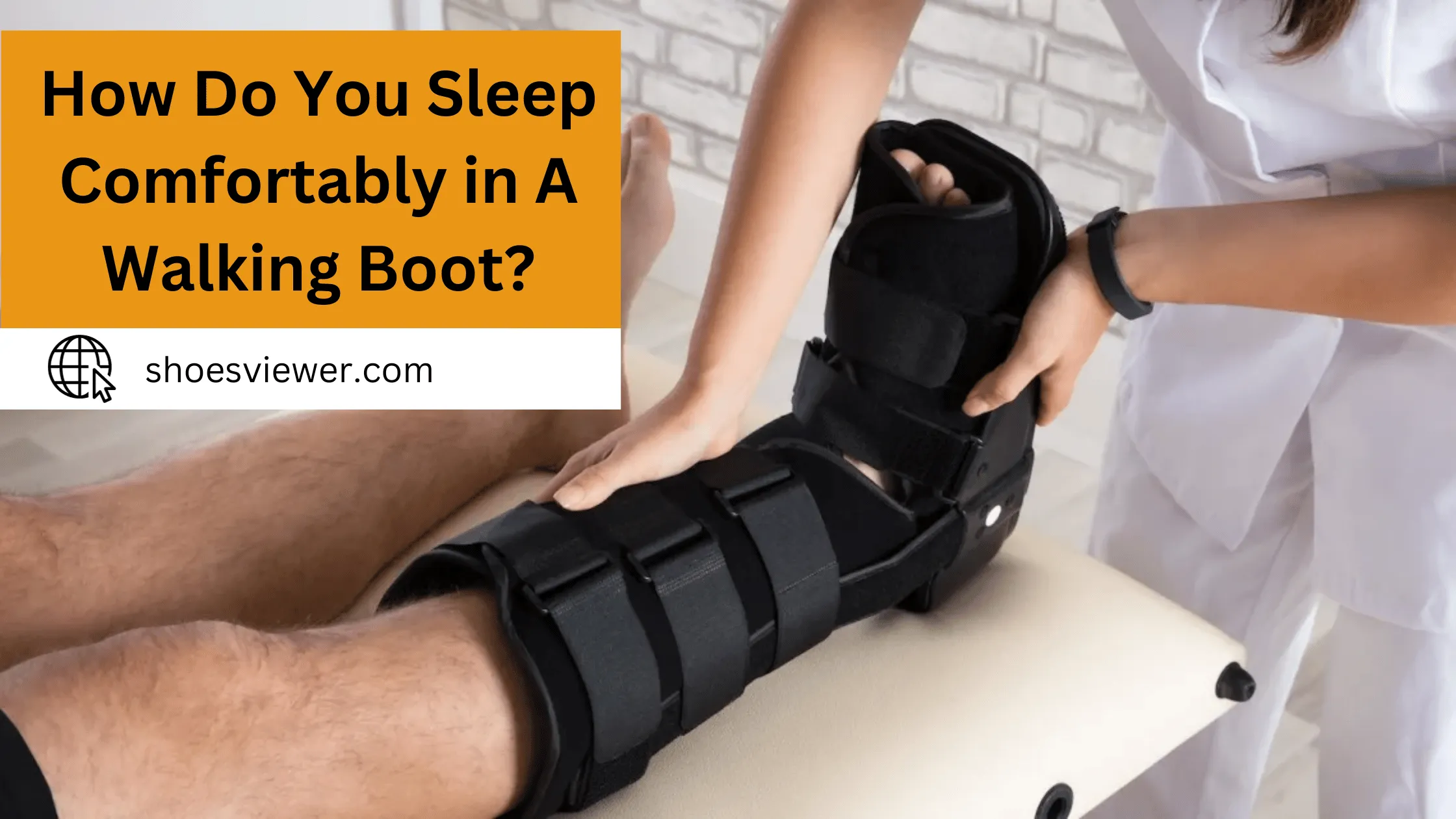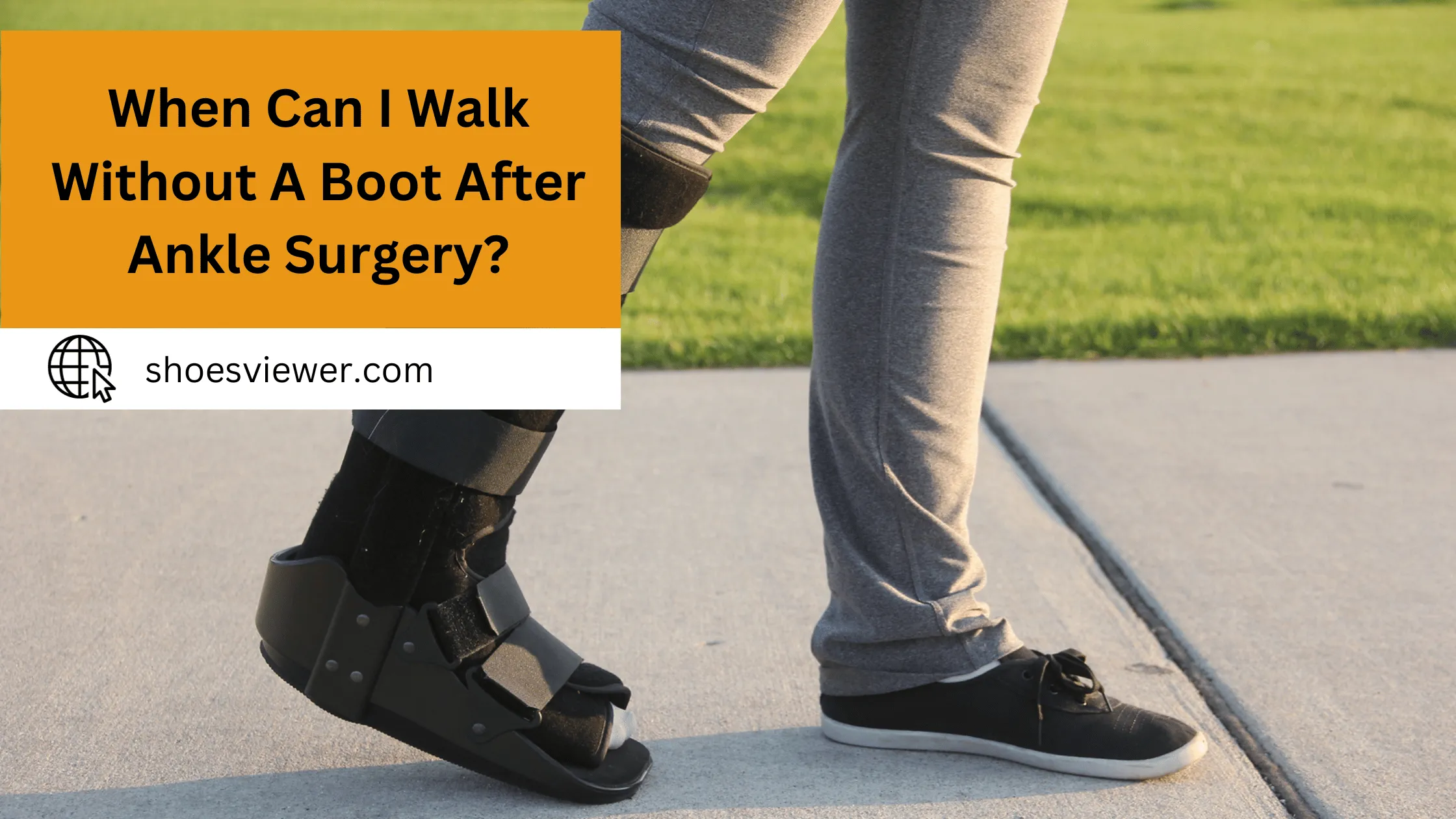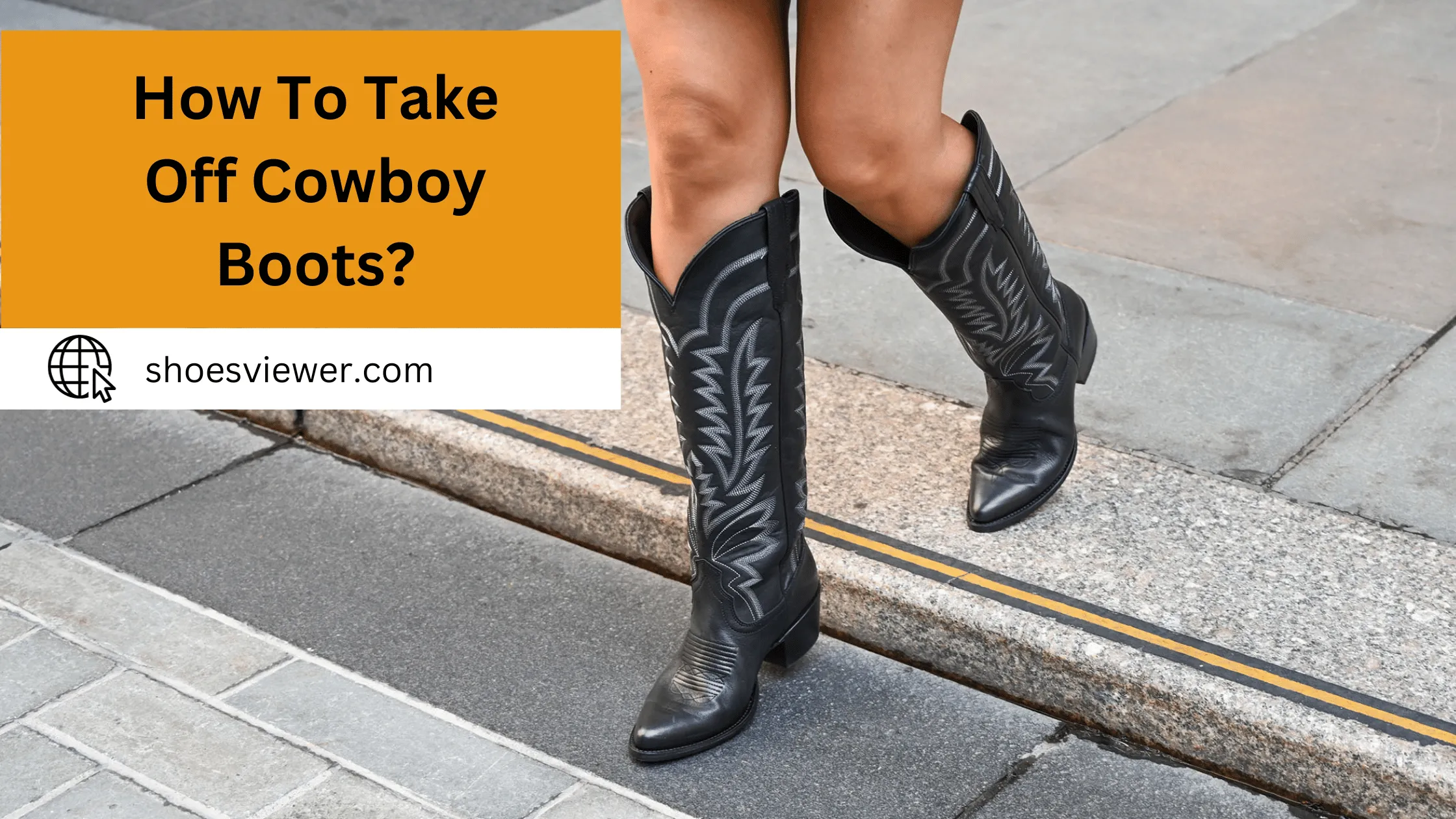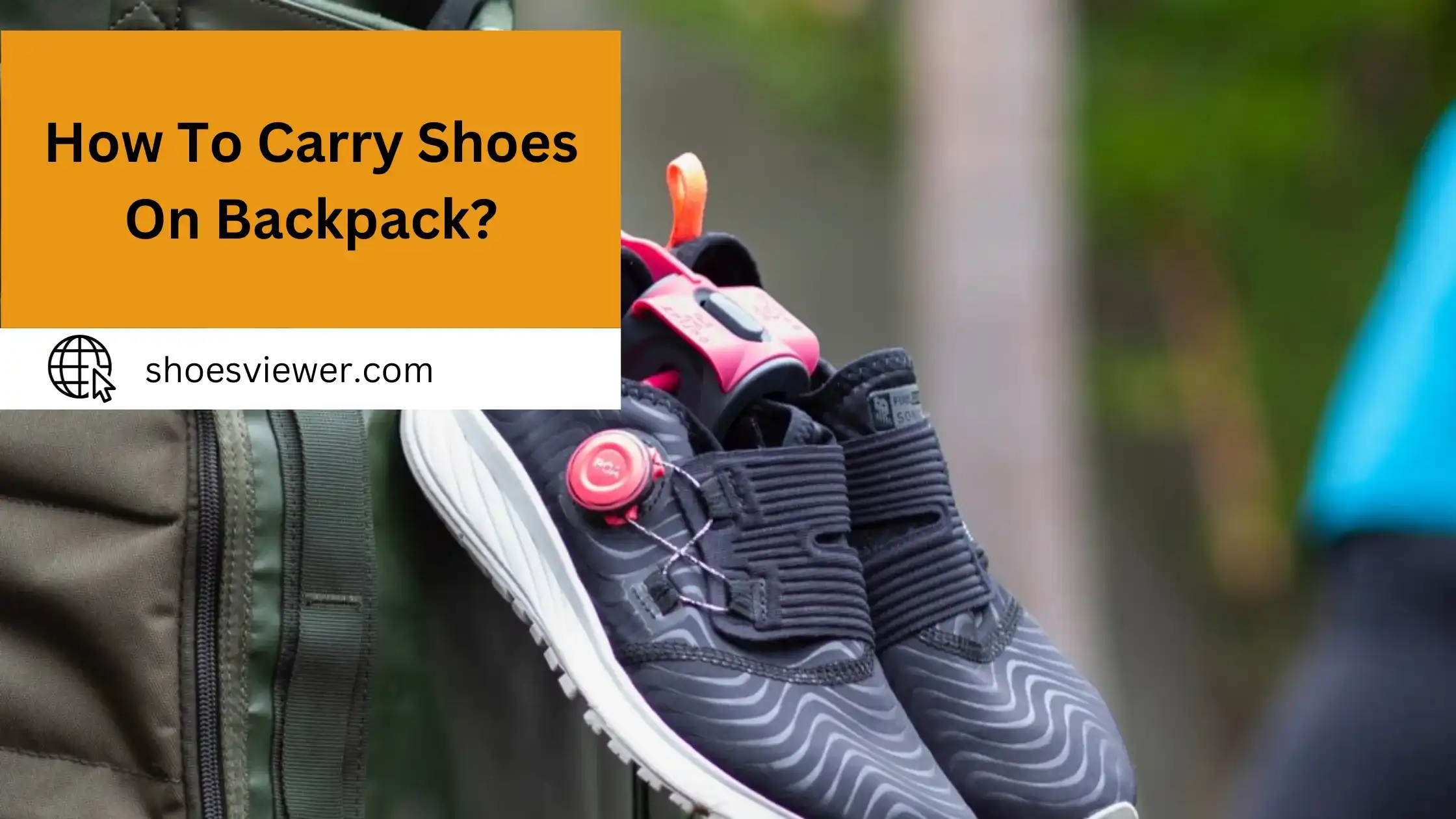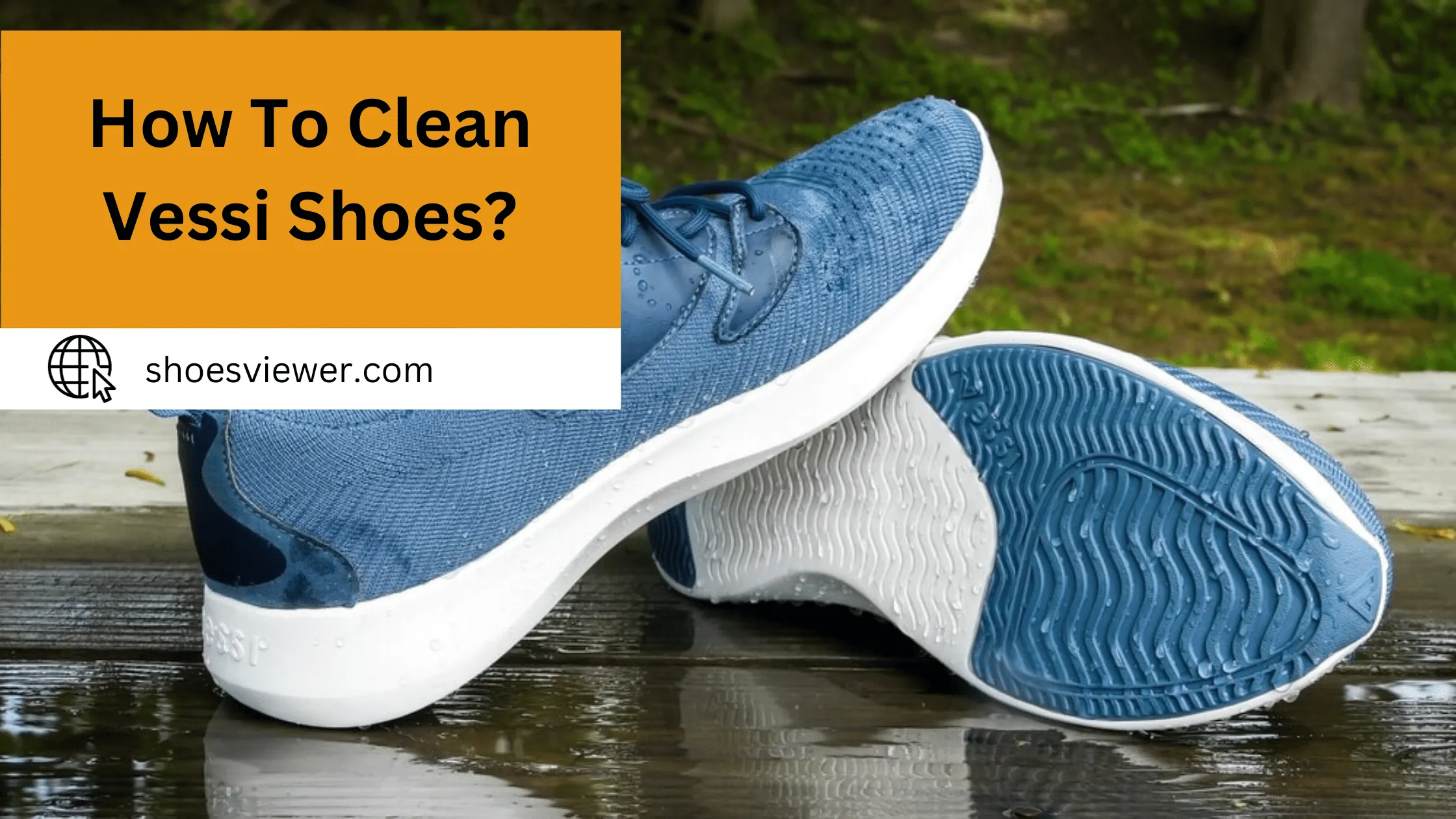Sleeping comfortably in a walking boot was an unexpected challenge during my recovery from a foot injury. The first few nights were restless with discomfort and frequent awakenings due to the cumbersome nature of the boot.
Determined to find a solution, I experimented with different sleeping positions, using extra pillows for elevation, and even tried wearing a sock over the boot. There were nights of trial and error, but each attempt brought me closer to understanding my comfort needs. I learned that there’s no one-size-fits-all solution - it’s about finding what works best for your specific situation.
This journey taught me that although challenging, it is possible to sleep comfortably in a walking boot. Now, I’m eager to share my experiences and the strategies I’ve found effective to help others navigate this challenge.
Practical Tips for Creating a Comfortable Sleeping Environment:
Over time, I discovered practical tips that helped me create a more comfortable sleeping environment. Get some insight for yourself:
The Initial Challenges - Adjusting to the Walking Boot:
At first, the discomfort was unbearable. I found myself constantly tossing and turning, trying to find a position that didn’t apply pressure on my injured foot. The boot felt heavy and awkward, disrupting my usual sleeping patterns.
Experimenting with Bedding - Finding the Right Support:
One of the first things I did was experiment with my bedding. I tried using different types of pillows to elevate my foot and alleviate some of the pressure. I eventually found that a wedge pillow provided the best support for my foot and helped to reduce swelling.
Adjusting Room Temperature - Balancing Comfort and Healing:
Next, I had to adjust the room temperature. The walking boot made my foot feel hot and sweaty, which was particularly uncomfortable at night. After some trial and error, keeping the room slightly more relaxed than usual helped to counteract this issue.
Creating a Relaxing Atmosphere - The Role of Sleep Hygiene:
In addition to these physical adjustments, I also realized the importance of maintaining good sleep hygiene. This meant sticking to a regular sleep schedule, minimizing noise and light in the bedroom, and creating a calming bedtime routine.
If you’re struggling to sleep comfortably with a walking boot, remember that it’s all about making minor adjustments and finding what works best for you. With time and patience, you can create a comfortable sleeping environment that supports your healing process.
Techniques to Ease Discomfort and Enhance Sleep Quality:
I found methods via trial and error that significantly reduced my discomfort and enhanced the quality of my sleep. These methods might also be effective for you. Let’s investigate:
Disturbed Sleep and Constant Discomfort:
Initially, the walking boot felt like an intrusive presence that disturbed my sleep. I woke up frequently due to the discomfort and struggled to fall asleep. This disrupted sleep pattern left me feeling exhausted and frustrated during the day.
The Role of Medication:
One of the first things I did was consult with my doctor about pain management. They prescribed over-the-counter pain medication, which I took about 30 minutes before bed. This helped to reduce the discomfort and allowed me to fall asleep more easily.
Deep Breathing and Visualization:
Next, I explored various relaxation techniques to help my body and mind unwind before sleep. I found deep breathing exercises and visualization particularly helpful. These techniques not only helped me relax but also diverted my attention away from the discomfort.
Finding the Right Angle:
Another crucial step was adjusting my sleep position. After several nights of restless sleep, I discovered that sleeping on my back with my foot elevated was the most comfortable position. This not only reduced the pressure on my foot but also helped to minimize swelling.
Persistence and Adaptation:
This journey taught me persistence and adaptation are crucial when dealing with discomfort and sleep disturbances. It’s essential to try different techniques to find what works best for you.
I decided to share these techniques with others who are facing similar challenges. Remember, it may take some time and experimentation, but it’s possible to ease discomfort and enhance sleep quality when sleeping with a walking boot.
Protective Measures - How to Safeguard Your Injured Foot While Sleeping?
Sleeping with a walking boot after my ankle surgery was a unique challenge. Not only did I have to deal with the discomfort, but I also had to ensure that my injured foot was safeguarded during sleep. Through my experience, I learned valuable protective measures I’m eager to share.
Creating a Safe Sleeping Space:
To mitigate the concern of further harm to my injured foot while sleeping, I decided to create a safe sleeping space. I removed any objects near my bed that I might accidentally hit with my boot during sleep and made sure my bed was positioned so that there was minimal risk of twisting my foot.
Using Pillows for Support and Protection:
Next, I experimented with using pillows as protective barriers around my foot. Placing a pillow on each side of my foot provided a soft cushioning that protected my foot from any potential impacts. Plus, it helped keep my foot stable throughout the night.
Choosing Loose, Comfortable Clothing:
I also learned that the right sleepwear could make a significant difference. I opted for loose, comfortable clothing that wouldn’t constrict my foot or interfere with the boot. This not only helped me feel more comfortable but also reduced the chances of my foot getting tangled in my clothing.
By taking proactive measures, I protected my foot while improving my sleep quality. They will help you safeguard your injured foot while sleeping.
Experimenting with Different Sleeping Positions for Optimal Comfort:
With some perseverance and experimentation, I discovered different positions that allowed for optimal comfort. Let’s dig into it so that you can learn about them:
Back Sleeping (Supine):
- I used to lie flat on my back with my injured foot elevated.
- Then, place a pillow under my knees for additional lower back support.
Side Sleeping:
- I lie on the non-injured side.
- Then, I place pillows behind my back for support, preventing me from rolling onto the injured foot.
- Put a pillow between your knees for better spinal alignment.
Stomach Sleeping:
- If you want to sleep on your stomach, consider placing a pillow under your lower tummy to relieve some weight off your foot. However, I found this position difficult to maintain when wearing a walking boot.
- You can let the injured foot hang off the edge of the bed to prevent pressure on the boot.
Conclusion:
Having gone through this journey, I can tell you it takes work to sleep with a walking boot. All the advice I received helped me get comfortable, but it was ultimately up to me to ensure these tips worked in practice. Even so, having gone through all this trial and error, I’ve learned a few trade tricks that I’m happy to share with others. If you’re ever unfortunate enough to wear a walking boot yourself, my experiences can act as a guide for you while navigating this complex and often uncomfortable territory.
